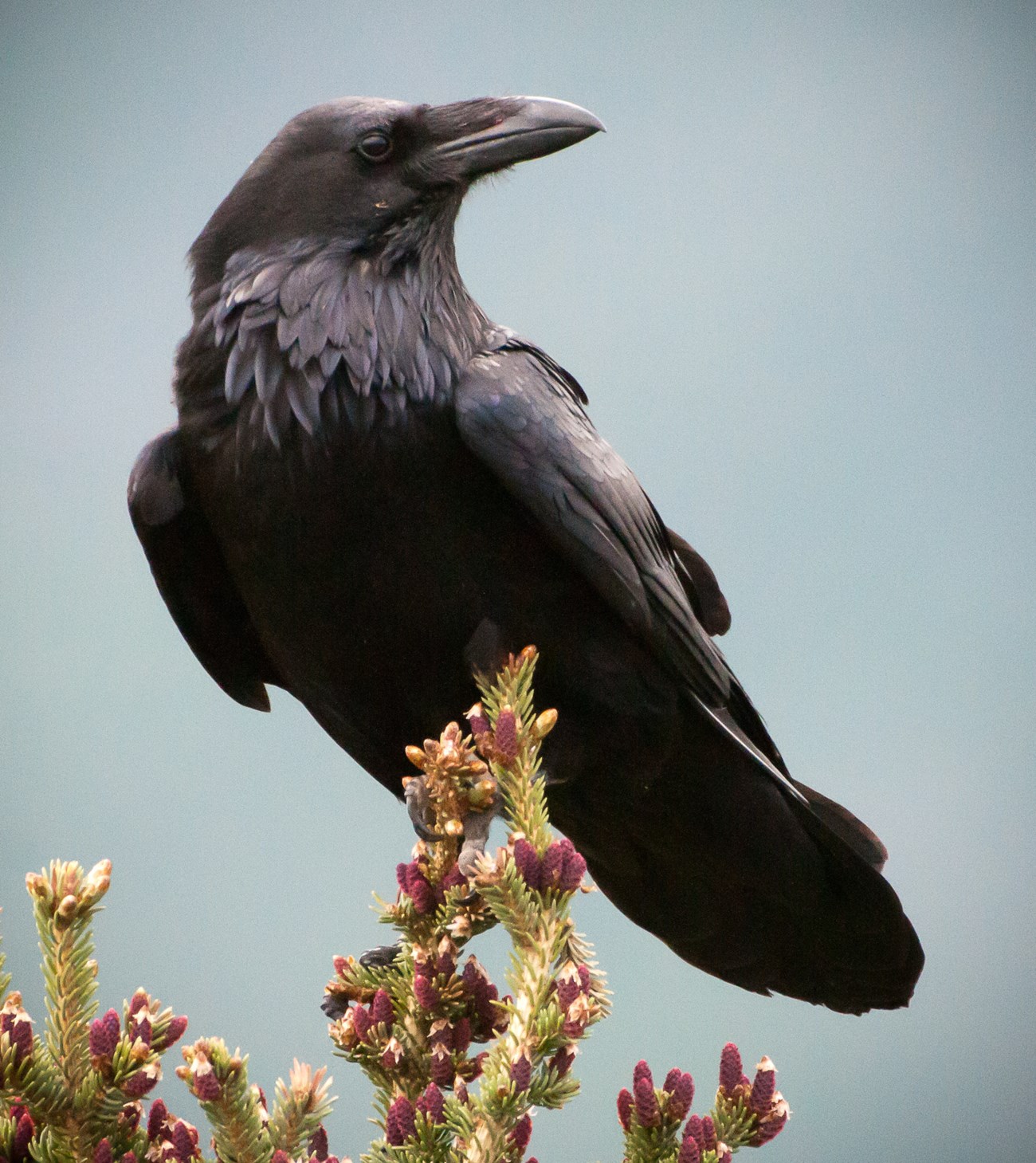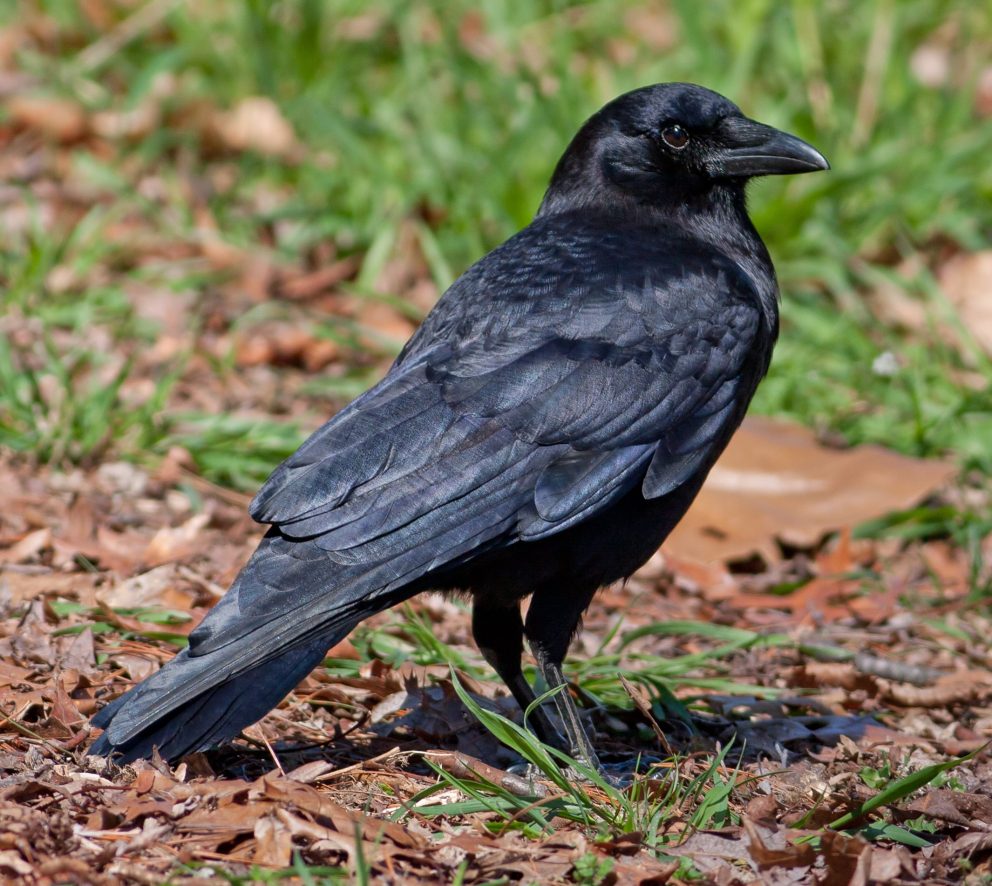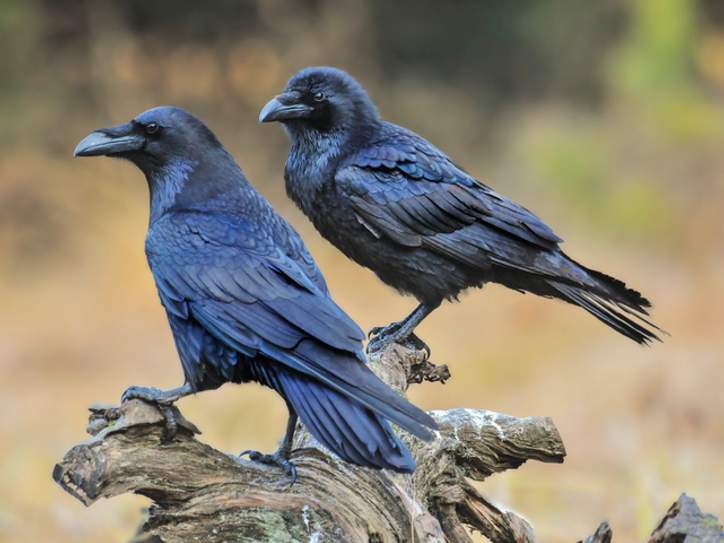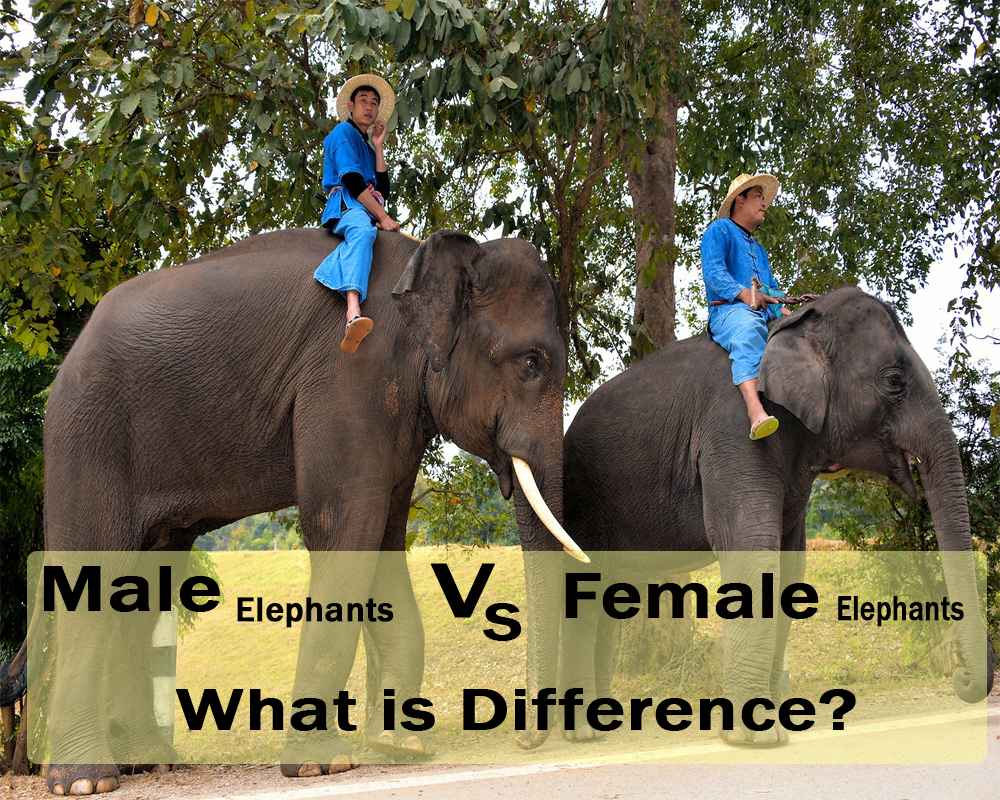Crows and ravens, both part of the Corvidae family, are intelligent, adaptable birds known for their complex social structures and ability to solve problems. Crows, generally smaller with a more varied diet, are found in a variety of habitats around the world.
They are known for their distinctive cawing sound and are often seen in groups. Ravens, larger with a heavier bill and a more wedge-shaped tail, are typically found in wilder, more remote areas.
Both birds have a significant presence in mythology and folklore, often symbolizing wisdom or foreboding. Their remarkable memory, use of tools, and ability to recognize human faces highlight their intelligence, making them fascinating subjects of study in animal behavior and cognition.
Definition of Crow
A Crow is a bird that belongs to the Genus Corvus and is an umbrella term for all of Corvus. The term “crow” is used both for the crow species with the most widespread ranges, like the common raven (Corvus corax), and for the entire genus.

Crows are typically black or dark-colored birds with strong bills, known for their intelligence and adaptability. They are found in various environments across the world and are known for their distinctive vocalizations, particularly the loud cawing sound.
Crows are omnivorous and demonstrate remarkable problem-solving skills and social behaviors. They have a significant place in human culture and mythology, often symbolizing wisdom and foresight.
Definition of Raven
A raven is a large, all-black bird belonging to the genus Corvus within the family Corvidae. Ravens are among the largest passerine birds and are characterized by their glossy black plumage, large bill, and wedge-shaped tail. They are known for their deep, resonating croak and other varied calls.

Ravens are highly intelligent birds, noted for their problem-solving skills and ability to use tools. They are omnivorous, feeding on a wide range of foods including insects, fruits, seeds, and carrion. Ravens typically inhabit wild and isolated areas, although they are adaptable to various environments including forests, deserts, and mountains.
In many cultures, ravens hold significant symbolic and mythological importance, often associated with mystery, intelligence, and sometimes as omens or spiritual guides. Their presence in folklore and literature is prominent, featuring in stories, myths, and legends across different civilizations.
Comparison Table of Crow vs Raven
Here’s a comparison table outlining the key differences between crows and ravens:
| Feature | Crow | Raven |
|---|---|---|
| Size | Smaller, with a length of about 40-50 cm (16-20 inches). | Larger, can reach up to 60-70 cm (24-28 inches) in length. |
| Weight | Lighter, typically around 300-600 grams (0.7-1.3 pounds). | Heavier, often weighing 0.7-2 kg (1.5-4.4 pounds). |
| Tail Shape | Fan-shaped tail. | Wedge-shaped or diamond-shaped tail. |
| Sound | Higher-pitched, cawing sounds. | Deeper, more guttural croaking sounds. |
| Bill Shape | Smaller and less robust. | Thicker, heavier, and more robust. |
| Behavior | More social, often seen in larger groups. | More solitary or seen in pairs. |
| Habitat | Adaptable to various environments including urban areas. | Prefer wilder, more remote areas. |
| Plumage | Generally glossy black but can have lighter markings. | Consistently glossy black with a bluish or purplish sheen. |
| Intelligence | Highly intelligent, known for problem-solving and tool use. | Exceptionally intelligent, known for more complex problem-solving and tool use. |
| Cultural Significance | Often symbolizes mischief or intelligence. | Frequently associated with mystery, wisdom, or as an omen. |
Both crows and ravens are incredibly smart and adaptable, sharing many similarities as members of the Corvidae family, but these distinctions help to tell them apart.
Physical Characteristics
When comparing the physical characteristics of crows and ravens, several key differences stand out:
Crows
- Size: Crows are generally smaller, with a length of about 40-50 cm (16-20 inches).
- Weight: They typically weigh around 300-600 grams (0.7-1.3 pounds).
- Tail Shape: Crows have a fan-shaped tail, especially noticeable during flight.
- Bill Shape: Their bills are smaller and less robust compared to ravens.
- Plumage: Crows usually have glossy black feathers, but some species may have lighter markings or variations.
- Sound: They produce a higher-pitched, cawing sound.
Ravens
- Size: Ravens are larger birds, often reaching lengths of 60-70 cm (24-28 inches).
- Weight: They weigh more, typically around 0.7-2 kg (1.5-4.4 pounds).
- Tail Shape: Ravens have a wedge-shaped or diamond-shaped tail, which is a key distinguishing feature.
- Bill Shape: They possess a thicker, heavier, and more robust bill.
- Plumage: Ravens have consistently glossy black feathers, often with a bluish or purplish sheen in sunlight.
- Sound: They make deeper, more guttural croaking sounds.
Both birds are known for their intelligence and adaptability, with variations in their physical characteristics being key to distinguishing one from the other.
Habitat and Distribution
The habitat and distribution of crows and ravens vary, reflecting their adaptability and ecological preferences:
Crows
- Habitat: Crows are extremely adaptable and can be found in a wide range of habitats. They thrive in urban areas, agricultural lands, forest edges, and even in coastal regions. Their adaptability to human-altered landscapes is notable.
- Distribution: Crows are widespread globally. Different species inhabit various regions, including North America (e.g., American Crow), Europe (e.g., Carrion Crow), Asia, and parts of Australia. They are commonly seen in both rural and urban settings.
Ravens
- Habitat: Ravens typically prefer wilder, more natural environments. They are often found in forests, deserts, mountains, and tundra. While they can adapt to human presence, they are less commonly seen in urban areas compared to crows.
- Distribution: Ravens are also widely distributed but are more common in the Northern Hemisphere. The Common Raven (Corvus corax) has a vast range covering much of the northern and western United States, Canada, Europe, Asia, and parts of North Africa. They are generally found in more remote and less populated areas.
Both birds demonstrate a remarkable ability to thrive in various environments, but crows are more frequently encountered near humans, while ravens are more associated with wilder, less disturbed habitats.
Intelligence and Adaptability
Crows and ravens are renowned for their intelligence and adaptability, often regarded as some of the most intelligent of all birds. Their cognitive abilities are remarkable, and both species exhibit behaviors that highlight their cleverness:
Crows
- Problem-Solving Skills: Crows are famous for their problem-solving abilities. They can use tools, such as sticks to extract insects from tree bark or drop nuts on roads for cars to crack.
- Memory: They have an excellent memory, which helps in storing food and remembering the faces of humans and other animals.
- Social Learning: Crows learn from each other and can pass on knowledge across generations. This includes learning how to use tools and understanding potential threats.
- Adaptation to Urban Environments: They have adapted exceptionally well to urban environments, often exploiting human-made structures and waste for food and nesting.
Ravens
- Advanced Problem-Solving: Ravens have shown even more complex problem-solving skills and are capable of planning for future events, a trait once thought unique to humans and great apes.
- Tool Use and Manipulation: They use tools more complexly and can manipulate objects to access food or solve puzzles.
- Social Complexity: Ravens have intricate social dynamics. They can work together, play, and engage in tactics like calling wolves to the site of dead animals that they cannot break open.
- Environmental Adaptation: While ravens are more common in wild areas, their ability to adapt to different environments, including high altitudes and harsh climates, is remarkable.
Both species exhibit incredible adaptability, thriving in a variety of environments and often changing their behavior to suit different contexts. Their intelligence is not just instinctual but also involves learning, memory, and problem-solving skills that rival many mammals.
Cultural Significance
Crows and ravens hold significant places in various cultures around the world, often featured in mythology, folklore, and art. Their cultural significance is rich and diverse, reflecting the deep impact these intelligent birds have had on human imagination and beliefs.
Crows
- Symbolism: In many cultures, crows are symbols of intelligence, adaptability, and mystery. They are often associated with magic and the supernatural.
- Mythology and Folklore: In Greek mythology, crows are linked to Apollo, the god of prophecy. Native American stories often portray crows as tricksters or creators. In many cultures, crows are seen as omens or messengers.
- Literature and Art: Crows appear in various literary works, symbolizing different themes like foresight and cunning. They are also popular subjects in paintings and other art forms, often depicted as intelligent and mysterious creatures.
Ravens
- Symbolism: Ravens are often associated with mystery, intelligence, and in some cases, death or misfortune. They are seen as symbols of the unknown and the mystical.
- Mythology and Folklore: In Norse mythology, Odin, the god of wisdom and war, had two ravens, Huginn and Muninn, representing thought and memory. Ravens are also prominent in Native American and Celtic mythologies, often revered as powerful spiritual figures.
- Literature and Art: Edgar Allan Poe’s famous poem “The Raven” is a key example of the raven’s presence in literature, often symbolizing melancholy and loss. Ravens are also depicted in various artworks, sometimes as ominous figures or as symbols of wisdom.
The cultural significance of these birds is a testament to their impact on human consciousness throughout history. Their intelligence, adaptability, and distinctive behaviors have made them powerful symbols in many traditions and stories worldwide.
Similarities between Crow and Raven

Crows and ravens, despite their differences, share several notable similarities:
- Family: Both are part of the Corvidae family, known for intelligent bird species.
- Intelligence: They are among the most intelligent of birds, demonstrating remarkable problem-solving skills, memory, and learning abilities.
- Tool Use: Both species have shown the ability to use tools in various contexts, a sign of advanced cognitive abilities.
- Social Behavior: Crows and ravens exhibit complex social behaviors, including communication and, in the case of crows, forming large social groups.
- Adaptability: They are highly adaptable to different environments, capable of surviving and thriving in varied conditions, from urban areas to remote wildernesses.
- Diet: Both are omnivorous, feeding on a wide range of food sources including insects, seeds, fruit, and carrion.
- Vocalization: They are known for their distinctive vocal sounds, though the nature of these sounds differs between the two species.
- Cultural Significance: Both have a rich presence in mythology and folklore across various cultures, often symbolizing wisdom, transformation, or mystery.
These similarities underscore why crows and ravens are often closely associated in the public mind, despite their distinct characteristics.
Final Opinion
Crows and ravens, both intelligent and adaptable birds from the Corvidae family, differ in size, behavior, and habitat preferences. Crows are smaller, more social, and commonly found in diverse environments including urban areas, while ravens are larger, more solitary, and prefer wilder, remote regions.
Both have significant cultural symbolism, with crows often representing cunning and ravens symbolizing mystery and wisdom.


